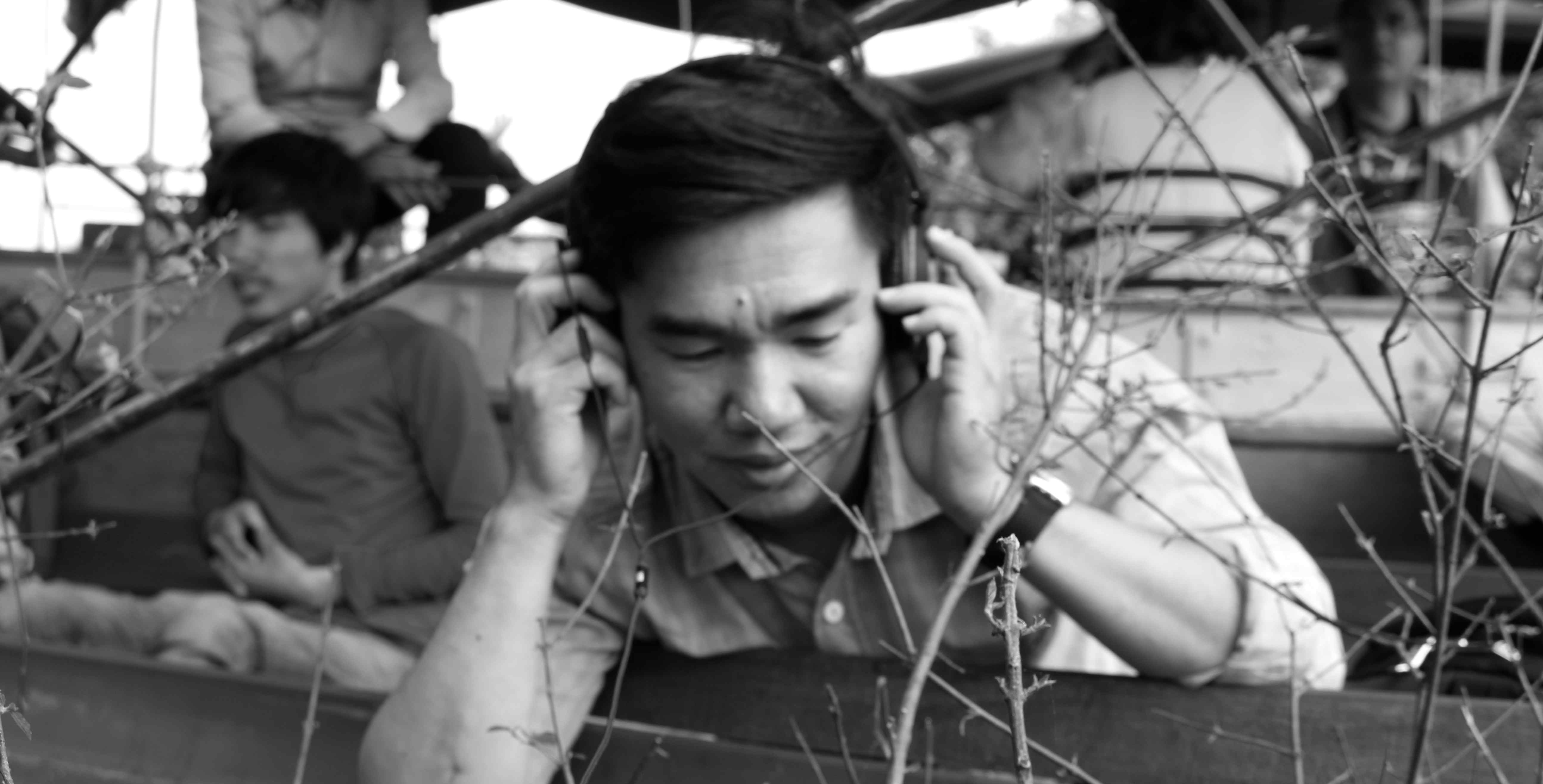In December 2014 Leah Barclay was invited to three UNESCO Meetings in Cambodia
– The 8th Southeast Asia Biosphere Reserves Network (SeaBRnet) Meeting
– The 2nd Asia-Pacific Biosphere Reserves Networks (APBRN) Strategic Meeting
– Asia-Pacific Workshop on Strengthening Capacity for Management of Biosphere Reserves and Protected Areas
During these meetings Leah facilitated two sessions on UNESCO biosphere reserves and also presented on the future possibilities of the River Listening project. Leah hosted a informal River Listening lab during the a field trip in the Tonle Sap Biosphere Reserve.

Tonle Sap is the largest freshwater lake in Southeast Asia. It expands to 12,000 km at the peak of the rainy season and recedes to about 3,000 km in the dry season. The Tonle Sap great lake and its floodplain was internationally recognized as Tonle Sap Biosphere Reserve (TSBR) in 1997 by UNESCO under The Man and The Biosphere (MA) program and was formally designated by Royal Decree of the Royal Government of Cambodia in 2001. The bird sanctuary at the Prek Toal core area has been often called ‘the single most important breeding ground in Southeast Asia for globally threatened large water birds’. Of the three Biosphere core areas on the Tonle Sap Lake, Prek Toal is the most accessible from Siem Reap and the most popular place for bird watchers.
IMPORTANCE OF THE WATERBIRDS CONSERVATION
Prek Toal Core Area regularly supports more than 50,000 waterbirds, and at least six migratory waterbirds meet the 1% criteria for EAA Flyway Site Network nomination.
THREATS & CONSERVATION CONCERNS
Major threats in Tonle Sap Biosphere Reserve are:
– Overexploitation of fisheries and wildlife resources
– Agricultural Expansion: conversion of the flooded forest to agriculture
– Deforestation for firewood and agriculture in flooded forests and watersheds
– Changes in water levels by dam constructions in Mekong River – Increased industrial/urban pollution and agricultural runoff
– Human population increases and rising levels of poverty
– Introduction of non‐native species
– Climate Change
CONSERVATION ACTIONS
To address these threats, the Tonle Sap Environmental Management Project (TSEMP, 2002‐2007), later becoming the Tonle Sap Conservation Project (TSCP) (2005‐2011), were funded by ADB and GEF and the counterpart fund. The main goal of the projects is sustainable management and conservation of natural resources and biodiversity through several strategies and practices including environmental management projects, rural water supply and sanitation sector projects, sustainable livelihoods projects, and environmental information database establishment. Although the project ended, Department of Wetlands and Coastal Zones, General Department of Administration for Nature Conservation and Protection in Ministry of Environment have continued the activities of the project in cooperation with Wildlife Conservation Society (WCS). Four key activities are implemented, including protection of breeding colonies of large waterbirds, stream protection, awareness raising for local communities and school aged children, and community support through ecotourism which provides income revenue for local communities.